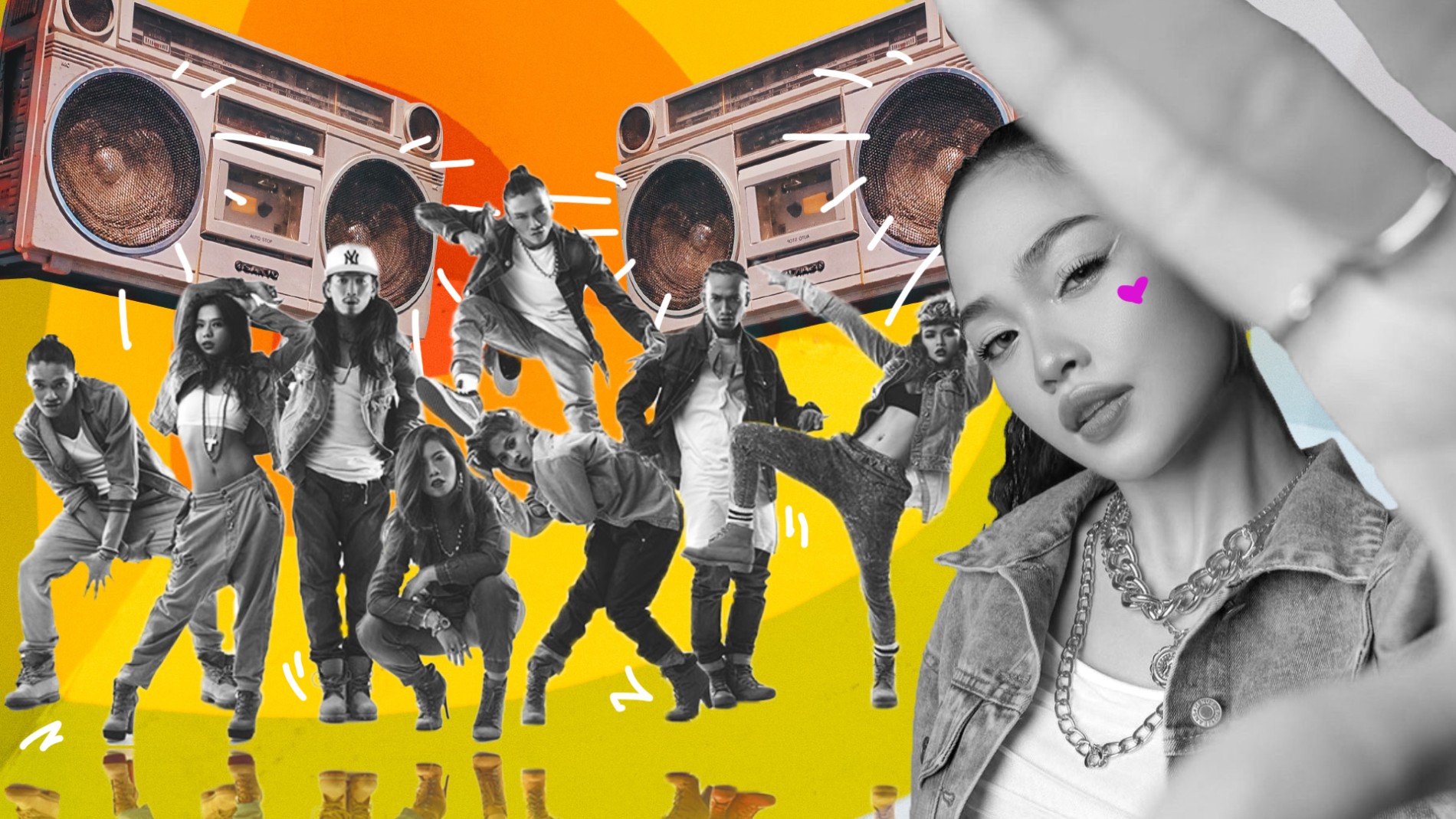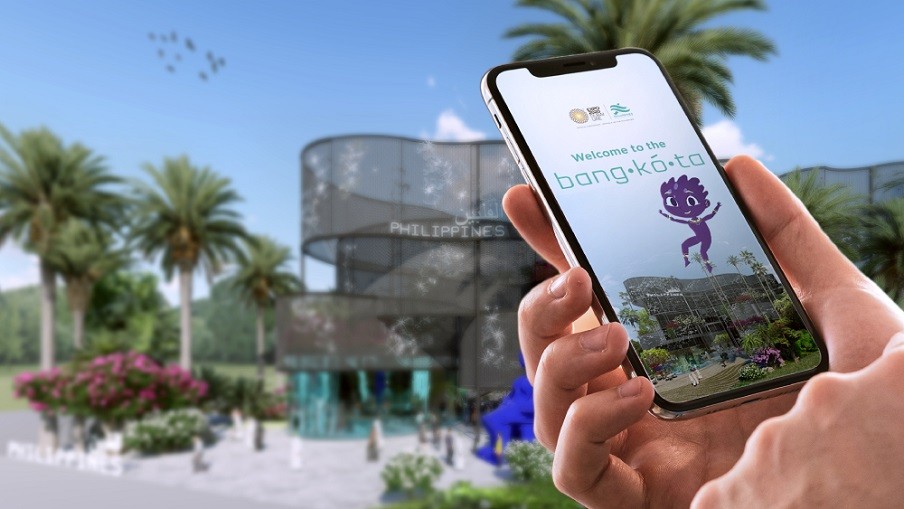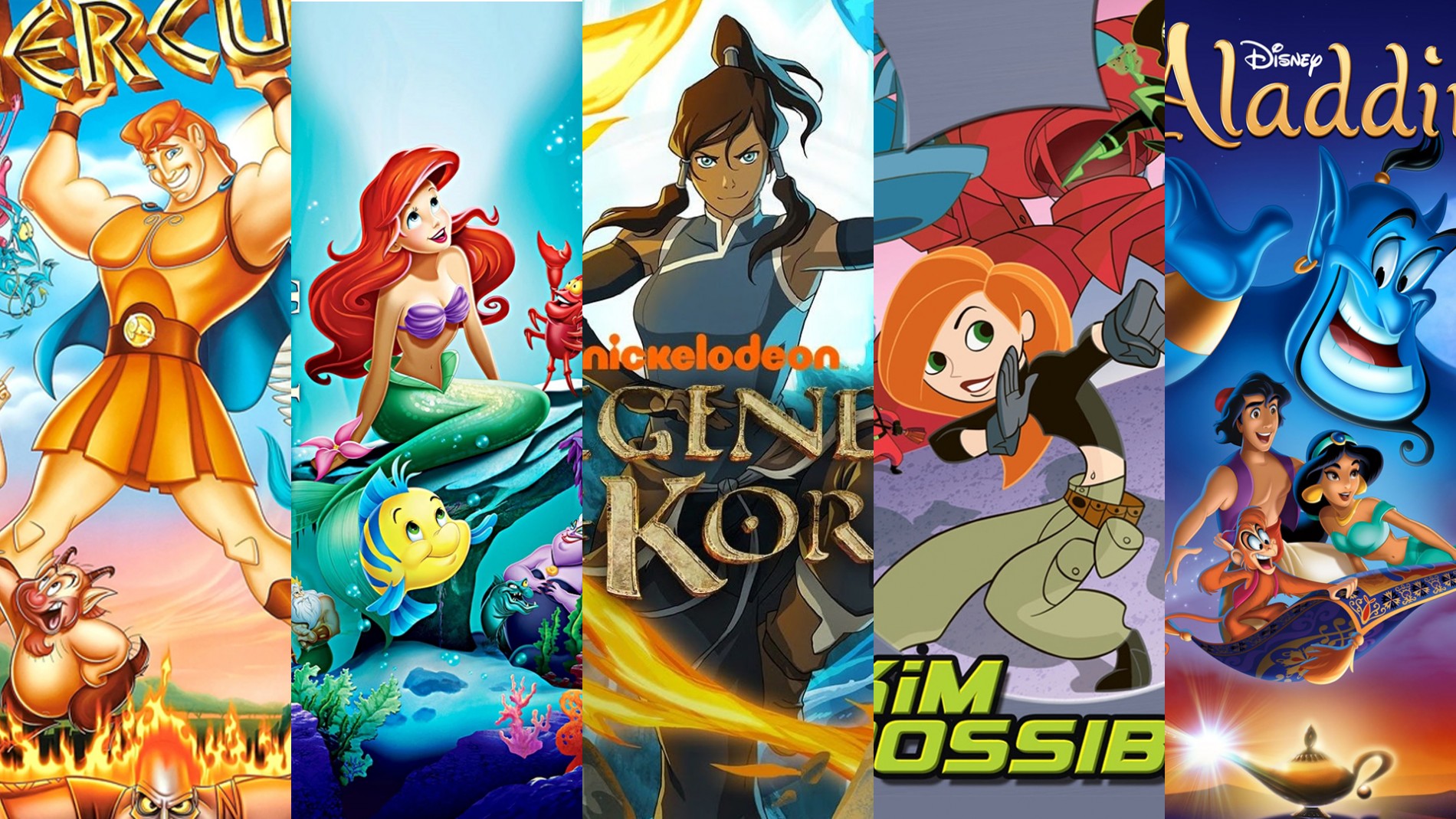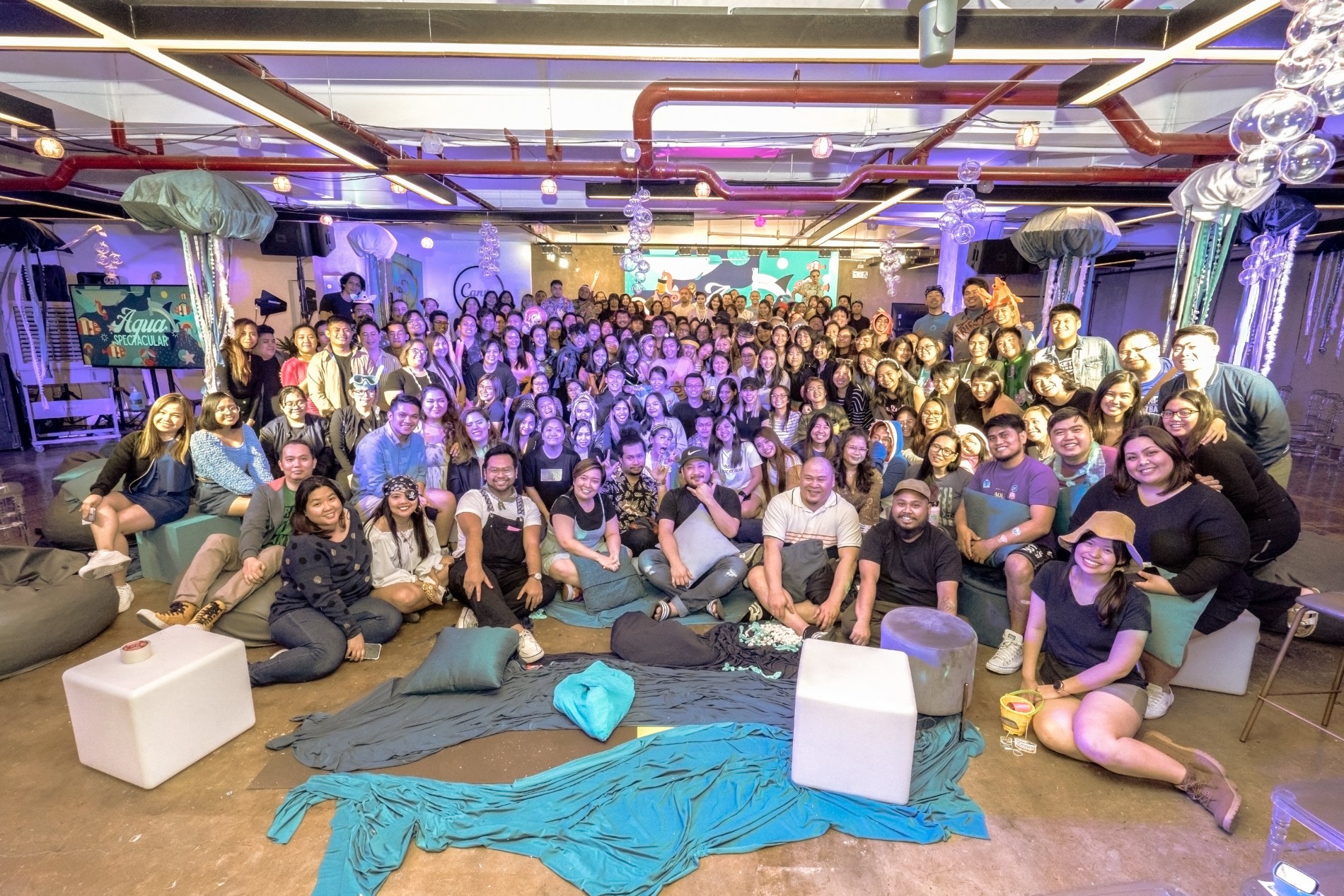
How Canva Philippines lets uncertainty breed compassion
By Emil Hofileña
June 24, 2021
Canva doesn’t need to prove itself to anybody. The international design platform—once a modest start-up working out of Sydney—is now valued at $15 billion, with a workforce that only continues to grow across several countries, and a Manila office that’s been named one of the best workplaces in the Philippines.
But as Canva becomes more ubiquitous—during a global pandemic, no less—one would imagine it going the road of many large businesses facing an unpredictable future: profits first, individual creativity last.
Fortunately, expansion has only allowed Canva’s work culture to flourish among the platform’s 600-plus employees, and especially among its Filipino designers. “To this day, majority of the templates that we have [on Canva] are created by our team here in Manila,” says Angelo Cuyegkeng, Head of Design at Canva Philippines. So while the work isn’t slowing down, Canva’s local arm proves how inspired the output can be when the workforce is allowed to adapt organically to difficult circumstances.
Even Canva’s Manila office—known for its open plan and a whole range of activities for employees—has maintained its compassionate, people-first culture, even after transitioning into a work-from-home arrangement. Employees still get allowances and other benefits, and they still get to attend remote events—such as Design Salons with global talent like Pablo Stanley, Gemma O’Brien, and The Design Kids’ Frankie Ratford. The generous example set by Canva’s management has even trickled down to the company’s in-house chefs, who are using their time out of the office to provide for local communities and community pantries.
Below, CREATE speaks to Cuyegkeng, Niro Donato (people lead for Template Design), Jay Santos (creative operations lead for Growth Marketing), Che Bantayan (Brand Studio lead illustrator), Gian Wong (creative lead for Growth Marketing Creatives), and Pia Samson (creative lead for Print Product) about design culture in the Philippines and the key to staying creative during the pandemic.
The following interview has been edited for publication.
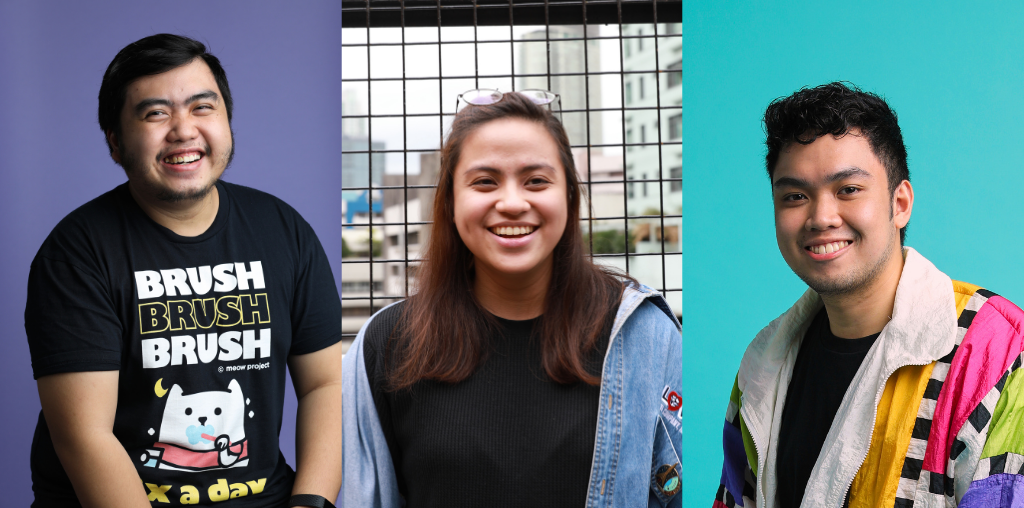
CREATE PHILIPPINES: What is distinct about Filipino design culture that makes it essential to Canva?
Jay: It’s [the Filipino’s] work ethic. We can adapt quickly to other cultures in terms of how we do production, branding, the different aspects of design. I think it speaks volumes of how Filipino talent has really penetrated the global stage.
Che: Canva has these values and pillars that apply to everyone globally: we make sure [our designs] are human, empowering, and inspiring. And that might be very general and vague, so as Filipino designers we make sure may hugot kami lagi with the Filipino context—the Lakas Lokal posts, the Filipino templates, and also Canva for Negosyo, mga ganung campaigns. I feel like our team has done a good job to be that local voice in a very global team.
Gian: There’s continuous exploration in defining what Filipino design looks like. And the Canva designers are adding to that definition. Right now if you compare it to global design styles—for example, Scandinavian, Swiss, Japanese—these countries have a more defined aesthetic. In the Philippines, since we are rich in cultures and influences, it’s hard to define that. Working with [Filipino] designers, constantly researching what resonates with our identity as Filipinos starts to show kung ano ‘yung unique aesthetic and visual identity natin.
Based on Canva’s user activity, what problems are Filipino designers trying to solve today?
Niro: We are in a pandemic and it’s really hard for teachers or students to be able to get the education they need. So a lot of the designs that have been coming up are presentations for education, workbooks, anything education-based. The Philippines is one of the biggest education users for Canva. [Teachers] aren’t necessarily all savvy at tech in the beginning but the steady rise of teachers and students using Canva shows that there’s something we’re doing to make [design] more accessible to learn and teach.
Angelo: We actually launched [Canva for Education] prior to the pandemic, so it is like a premium version of Canva but free for educators. And since the pandemic we’ve really kicked things into high gear, taking that physical experience of going to the classroom, collaborating with fellow students and teachers, and translating it online. We also have put focus into small businesses in the Philippines. A lot of things have gone online and even small businesses have had to make that shift.
Che: The problem everyone is trying to solve aside from connection is visual communication. So with educators it’s a matter of—how do you make your Zoom classroom or area look more appealing to your kids, students? How do you make your presentations engaging? As for the small businesses who are transitioning to an online platform—how do you convert relationships, or face-to-face communication they would usually have on a regular basis pre-pandemic, into an online set-up?
How has Canva been able to adjust during the pandemic to continue fostering creativity?
Angelo: Prior to the pandemic we actually had a really nice office. (laughs) We’ve had to shift a lot of our operations online, we’ve had to prioritize our teams and our people. At the moment no one is required to report to the office. We’ve also had to change our benefits a little bit so they’re more valuable to our employees. We’ve had to make sure that our team has the right set-up at home; we provided allowances to make sure our team can get the things they need—for example, a desk or a chair, or peripherals with the company laptop.
Jay: I think what really makes a difference is the empathetic leadership behind the management. And that trickles down to the rest of the teams. Like Angelo said, management has been really flexible during the pandemic and they’ve been mindful of the different situations employees might experience—even extending mental health support, extra days off. Having that kind of compassion extended to the employees made us really adapt well.
Che: It’s just helpful to have supportive coaches, and who we call our managers, to support us. When we tell them we’re not in the right mindset and we need to take a quick breather, they totally understand. I feel like the support in Canva with mental health is holistic because it’s not just workshops about mental well-being. It’s also assistance when you need to buy an app for your mental health. Or when you need to see a professional, we have a partner clinic. It helps to see a company that adjusts in different ways.
Pia: I think I’m the only one here who entered Canva during lockdown in the middle of 2020. And I found a lot of comfort in knowing and feeling from Canva that they actually care. So I’m pretty happy considering I’ve never been to the office. Also despite never having met my officemates both in Manila and Sydney, it really feels like a close-knit family that’s there for each other. I think Jay described it perfectly when he said that compassion is at the heart of culture in Canva.
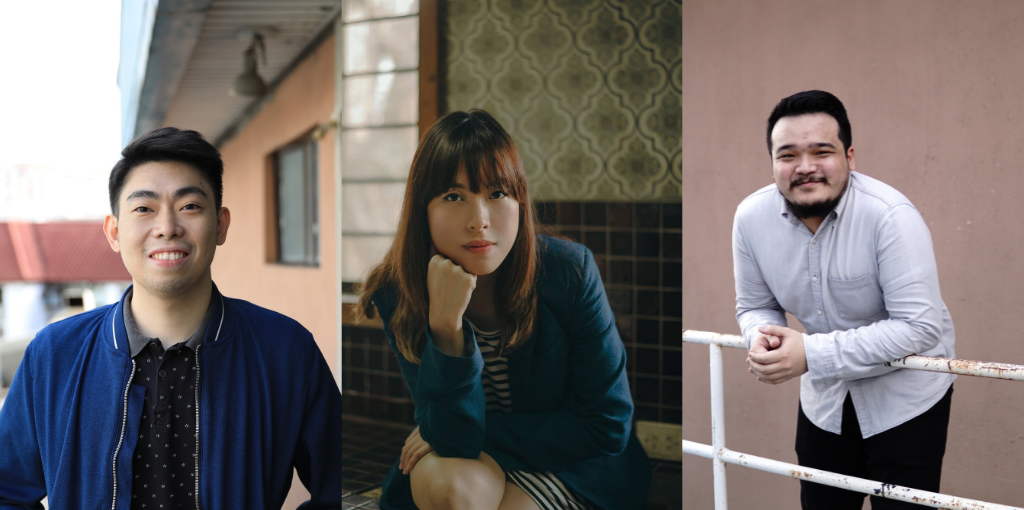
As Canva expands, how do you ensure your creativity doesn’t become standardized?
Angelo: I think one of the points of pride that we have is that we are local teams making global impact. And we have the privilege of having access to global teammates who can help us with what’s happening creatively around the world. At the same time, a lot of the creative things that we do in Canva are very data-driven and heavily researched.
Niro: We really think about, as Angelo said, the data we use to make the designs. We are the “experts” but we are not the ones who are majority the users. The users have their own ways that they use a template. We could have a birthday template, they use it for something else. And that just teaches us that our preconceived notions of design—what is good design, what is useful design—aren’t always correct. Most of the time we can learn from the users. What we’re trying to do is empower them and the best way to do that is to listen to them.
Pia: As Niro mentioned, we’re a user-first company. That means considering the user’s needs, making sure our designs are easy to use, aside from being relevant, and making sure our work impacts them in a positive way.
Gian: The team in Manila creates the different ads for different countries in the world, so it’s not only the English markets. And with those different markets, we try to hyperlocalize; what works for this specific market doesn’t necessarily work in this other market or other country. For example, Germany is more into functional minimalist design, and Brazil has more bright and vibrant colors. We really try to study them, as mentioned by my teammates here.
Where do you see the local design industry—and Canva’s role in it—in the next five years?
Angelo: Our mission is really to make Canva PH a design center of excellence. And not just in the Philippines, not just in the region, but globally. We do want to set trends instead of just following them, and showcase even more Filipino talent.
Niro: From how I see it, our goal is really just getting away from that stigma that design is only for the people who have studied it, or have the money or the resources for design. If we continuously, steadily make this accessible for everyone, we’ll see a lot more people who are confident in just learning and seeing if maybe it is something for them. Cultivating more talent doesn’t hinder the people who are already there from getting work; it’s getting everybody to the next level of confidence and comfort, and embracing that design is for everybody.
Gian: It would be nice to make the graphic design industry in the Philippines a highly regarded profession. There’s a stigma rin kasi—some people who study art, sasabihin ng parents nila, there’s no money in there, it’s not a high-paying job. And we want design to be something that is an actual high-paying profession.
Jay: One of the things the pandemic showed, na-remove ‘yung gaps between location. For example, we’re not just hiring creative talent within Manila. We’re also hiring from Iloilo, or we have applicants from Bicol. So hopeful ako doon sa next five years, to be more inclusive for the whole of the Philippines.
Pia: I’m just excited that more and more people are seeing the importance of graphic design. As Niro mentioned, not everyone can afford design education or not everyone has a design background. So what’s cool about Canva is that it closes that gap and makes design accessible to everyone. By making it accessible, you’re growing that interest and adding to the goals of the industry as well.
